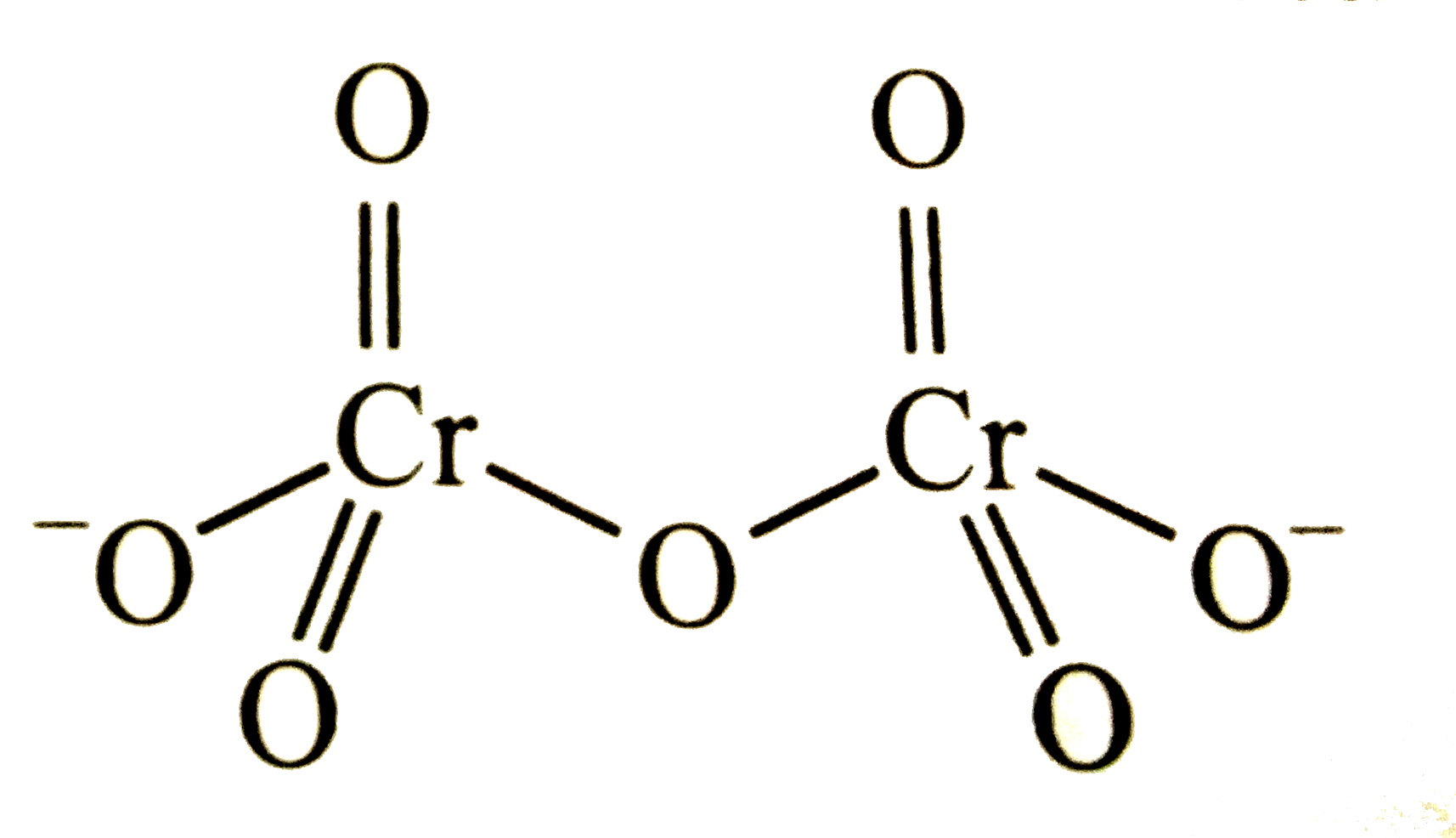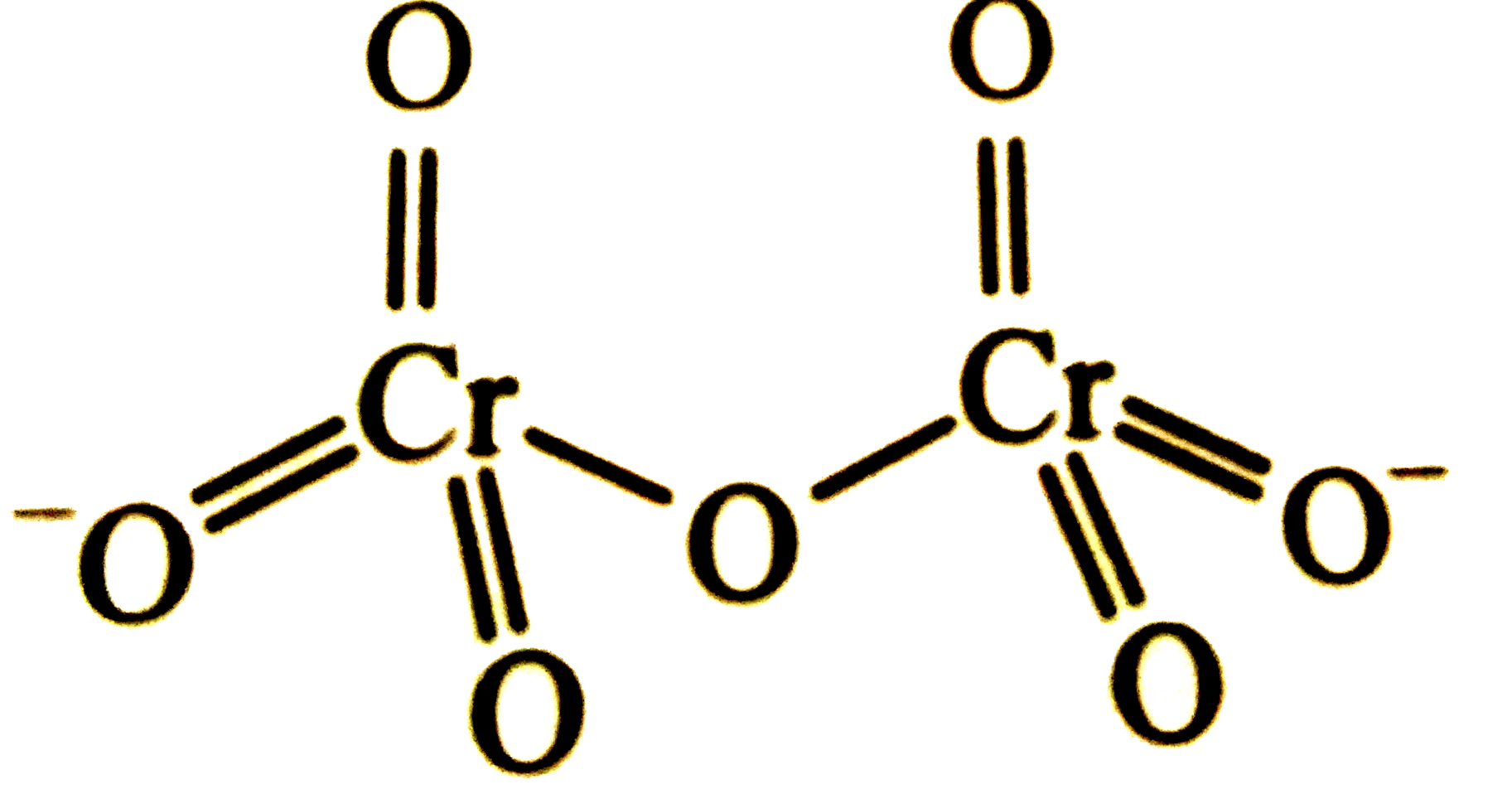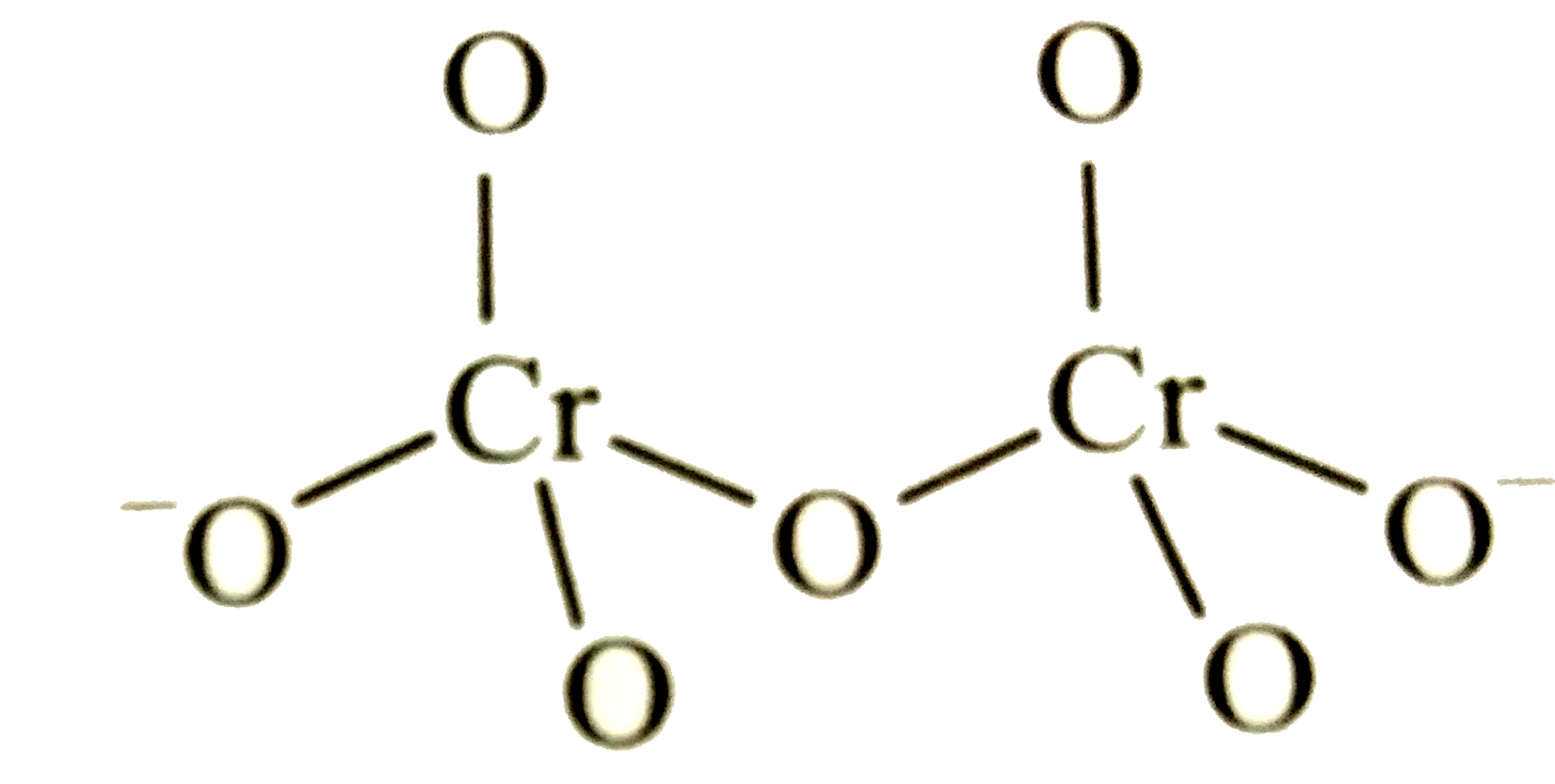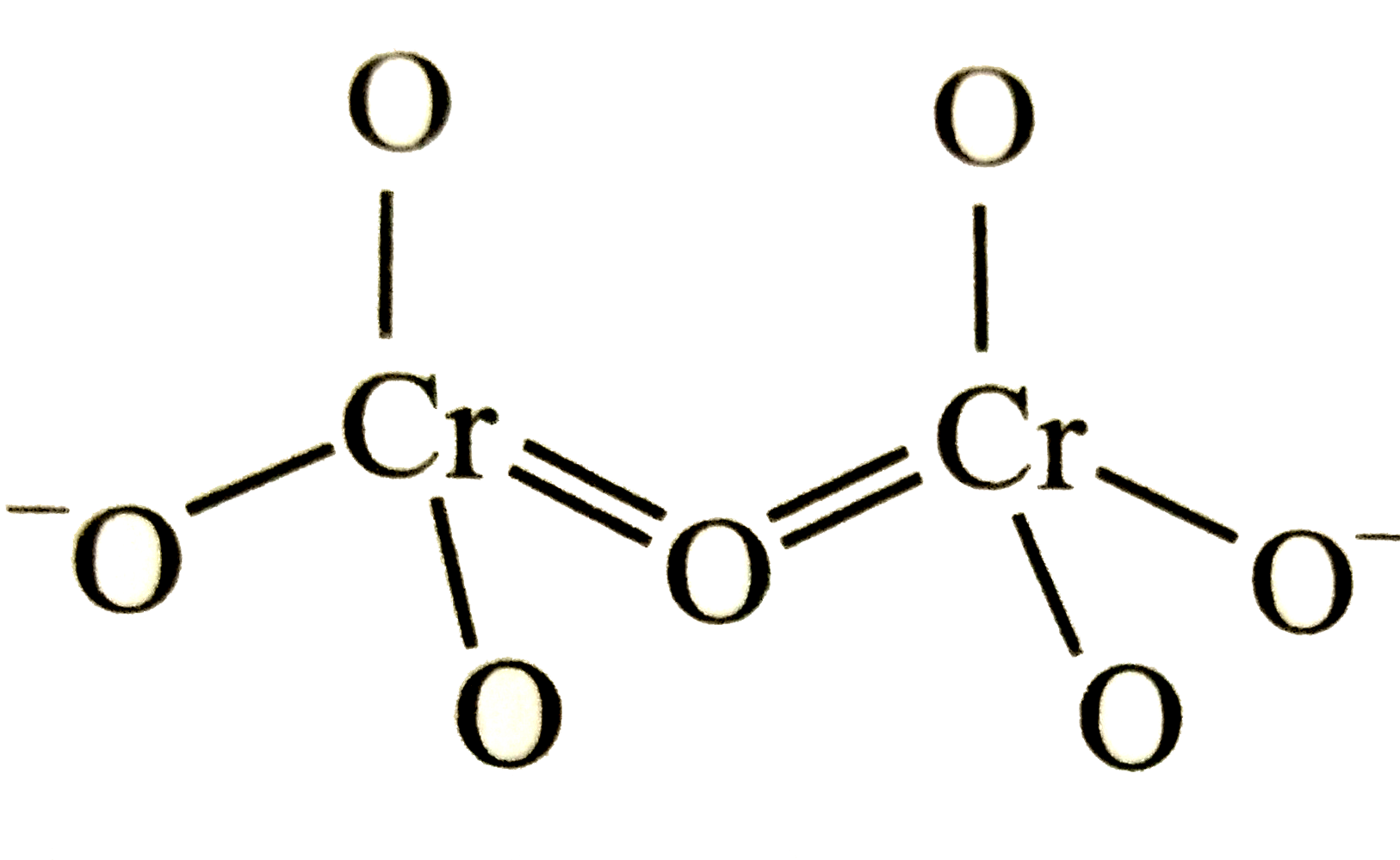A
B
C
D
Text Solution
AI Generated Solution
The correct Answer is:
|
Topper's Solved these Questions
ALKENE, ALKANE & ALKYNE
ALLEN|Exercise EXERCISE-3|99 VideosView PlaylistALKENE, ALKANE & ALKYNE
ALLEN|Exercise EXERCISE-4(A)|10 VideosView PlaylistALKENE, ALKANE & ALKYNE
ALLEN|Exercise EXERCISE-1|119 VideosView PlaylistAIIMS 2019
ALLEN|Exercise CHEMISTRY|40 VideosView PlaylistALKYL AND ARYL HALIDE
ALLEN|Exercise EXERCISE-05 (B)|35 VideosView Playlist
Similar Questions
Explore conceptually related problems
Knowledge Check
A
B
C
D
Submit
A
B
C
D
Submit
Similar Questions
Explore conceptually related problems
ALLEN-ALKENE, ALKANE & ALKYNE -EXERCISE-2
- Select the incorrect statement among the following
05:44
|
Play - Identify the correct order of reactivity in electrophilic substitution...
02:33
|
Play - The structure of Wheland intermediate obtained after the attack of Br^...
02:22
|
Playing Now - Conjugation of electron withdrawing groups, e.e., -CHO, -overset(O)ove...
03:05
|
Play - Which of the following sttements is//are true
04:05
|
Play 03:07
|
Play- Most stable frec ratical formed at the position
03:43
|
Play - Consider the following reaction. (1R,3S)-cis-Bromo-3-methylcycloh...
03:24
|
Play - consider the following aclolhols : the order of decrasing reactiv...
04:06
|
Play - The product formed in the following reaction
02:43
|
Play - Consider the following sequence of reactions C(2)H(5)C -= CH overse...
02:42
|
Play - In the transformations PhCH=CH(2)overset(ArCO(3)H)underset(CH(2)Cl(2...
02:13
|
Play - The reativites of methanol (1), 1-propanol (II),2-butanol (III) and 2-...
02:47
|
Play - CH(3)-underset(CH(3))underset(|)overset(CH(3))overset(|)C-O-CH(2)-CH(3...
03:13
|
Play - Consider the following sequence of rections. The end product (B) ...
03:18
|
Play - In the reaction +Hclrarr the major product formed is
02:48
|
Play - Consider the following reaction. The product (A) is
01:36
|
Play - In the reaction underset(H^(+))overset(H(2)O^(18))rarrA, the product ...
03:26
|
Play - The compound which does not react with sodium , is
02:04
|
Play - An ether which cannot be cleaved by HI at 373 K. The compound is
03:08
|
Play
_E01_231_O01.png)
_E01_231_O02.png)
_E01_231_O03.png)
_E01_231_O04.png)



